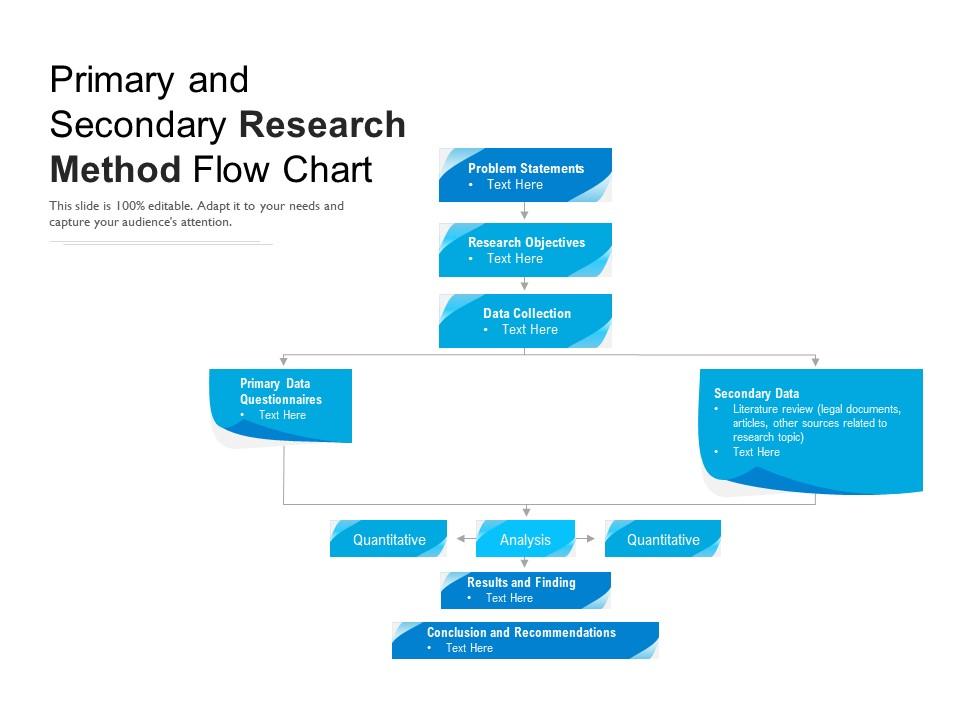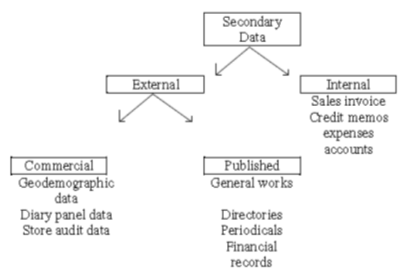

Continuous and Regular Surveys: It excludes the above method and repeated over a period of time.It provides comparative and contextual data for research purposes. Censuses: It is used by the government like a population survey or voter turnout but the participation is optional.It usually involves data gathered by questionnaires that were already analyzed for some different use-case. Non-Written documents: It uses the digital encoding format like video and tape recordings, television and film programs, CD/DVD etc.Written documents: It involves minutes of meeting, shareholders report, speech transcripts, correspondence, notices etc.Written and Non-Written documents stated below: It uses the following types of documents i.e. Documentary Data: It is used by the researchers to carry out the projects which use primary data gathering techniques.Steps Involved in Secondary Data Analysis Data Analysis: Various statistical processes can be used to get inferences and the corresponding underlying patterns.Also, questions like data consistency and problems associated with the same must be addressed. Integrity of data: The credentials of the researcher who has done data collection and gathering for some other purpose must be verified.Importance of data: The researchers must know the underlying processes being used during data gathering like populating sub-sampling strategies, when and how it was gathered etc.

Data tracking: The researchers can use the internet to get access to state of art data collection and gathering techniques for a different purpose.Purpose of Research: The researchers must know why they are carrying out research on the gathered data.

The following steps are being used by the researchers to carry out secondary data analysis. Then census data helps the researchers to understand the same and do secondary analysis on it. If a survey is being conducted by the country for let us say voter turnout in the upcoming election. For example, to understand the socioeconomic and macroeconomic policies of a country, statistical data provides the most viable option. The data source is dependent on the research areas. Secondary data analysis depends on the data source.

Another argument states that the data sources being used for performing secondary data analysis might not be related. However, there are some critics to it arguing that it might lead to a loss in accuracy of data as the researcher will not have control over the data collection process. Hadoop, Data Science, Statistics & others It can be used as an all use-cases market research tool. In simple terms, it can be stated as second-hand analysis technique. Another definition which adds up to the above definition states that new ideas conceived by research depends on the previously gathered data by the other researchers. Punch stated it as re-analyzing of the prior gathered data which was already analyzed. What is Secondary Data Analysis?Īccording to Nachmias, Secondary Data Analysis is defined as gathering of data by researchers for some different use case. It was also being used by great social researchers like Max Weber, Karl Max etc. The technique is quite popularly being used by the research community. This helps the researchers to quickly analyze the data when time and resources are limited. Secondary Data Analysis is one such technique which does empirical data analysis on the collected data with reference to the current data for some other purpose. Due to this, the efficient utilization of the current data is important. The vast amount of data is getting generated and collected by students, researchers and professionals across the globe.


 0 kommentar(er)
0 kommentar(er)
